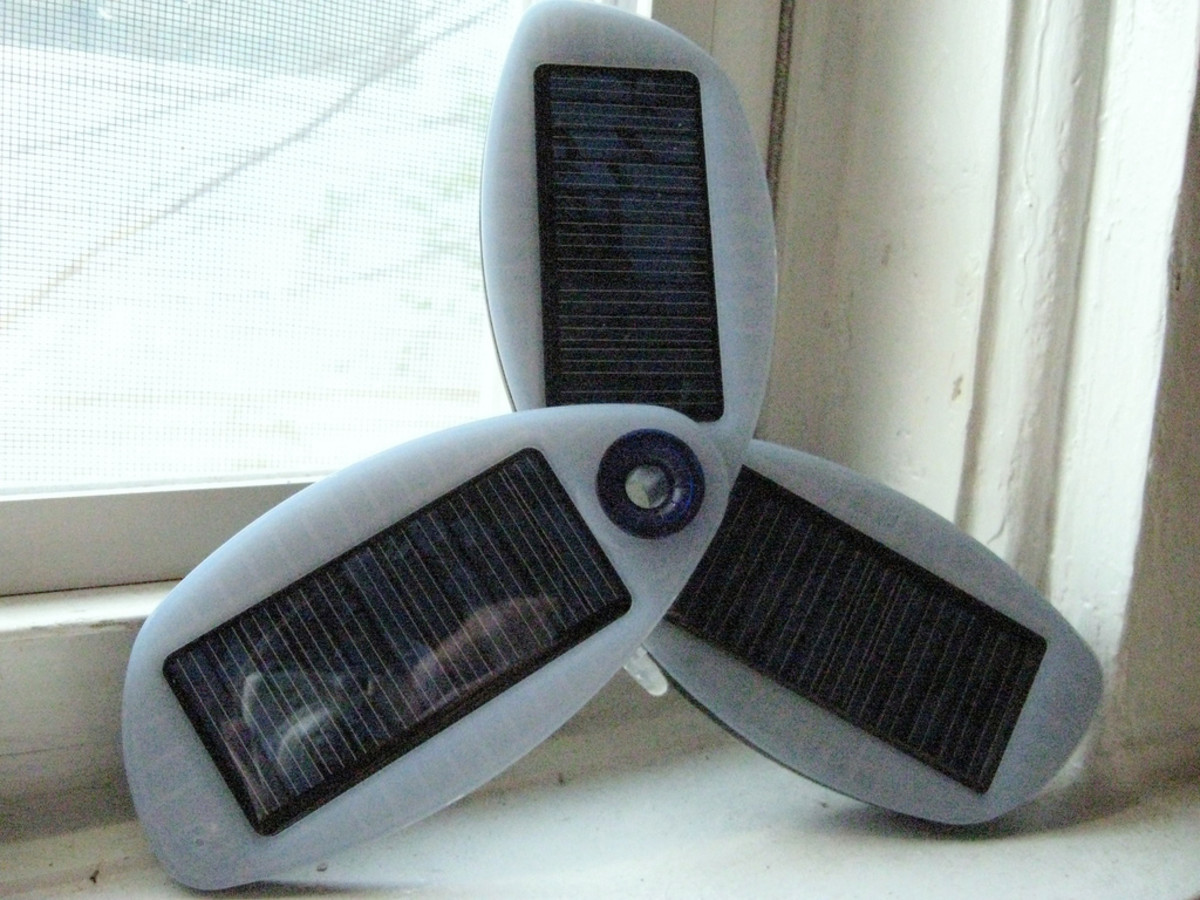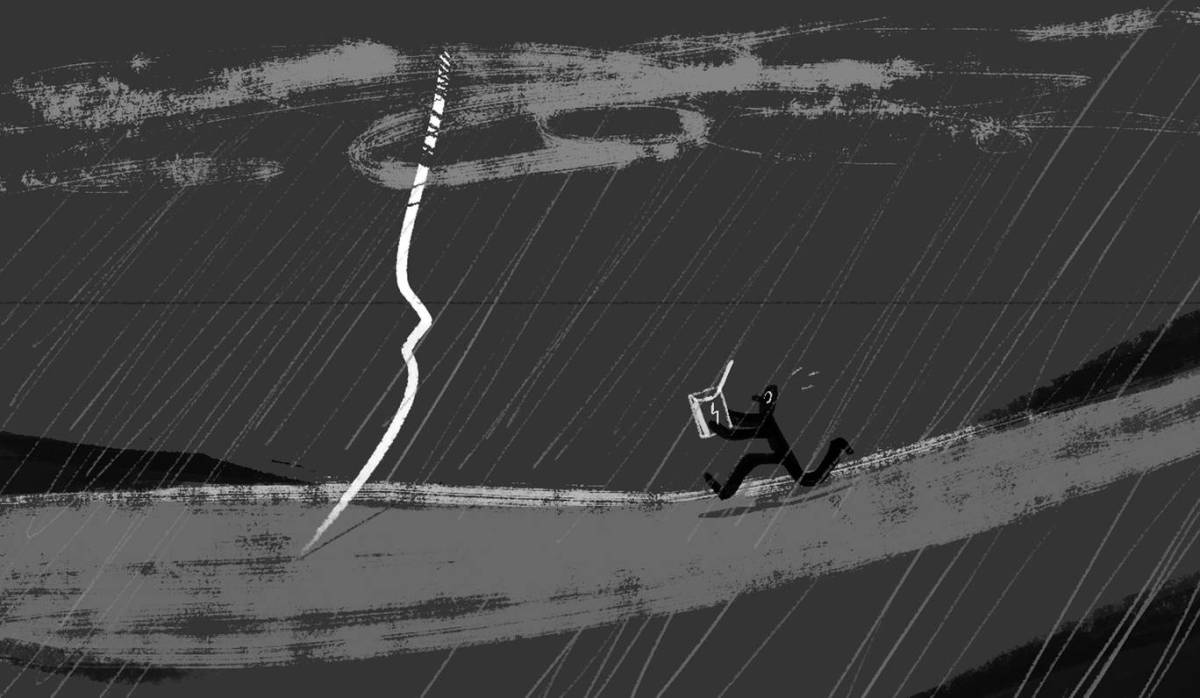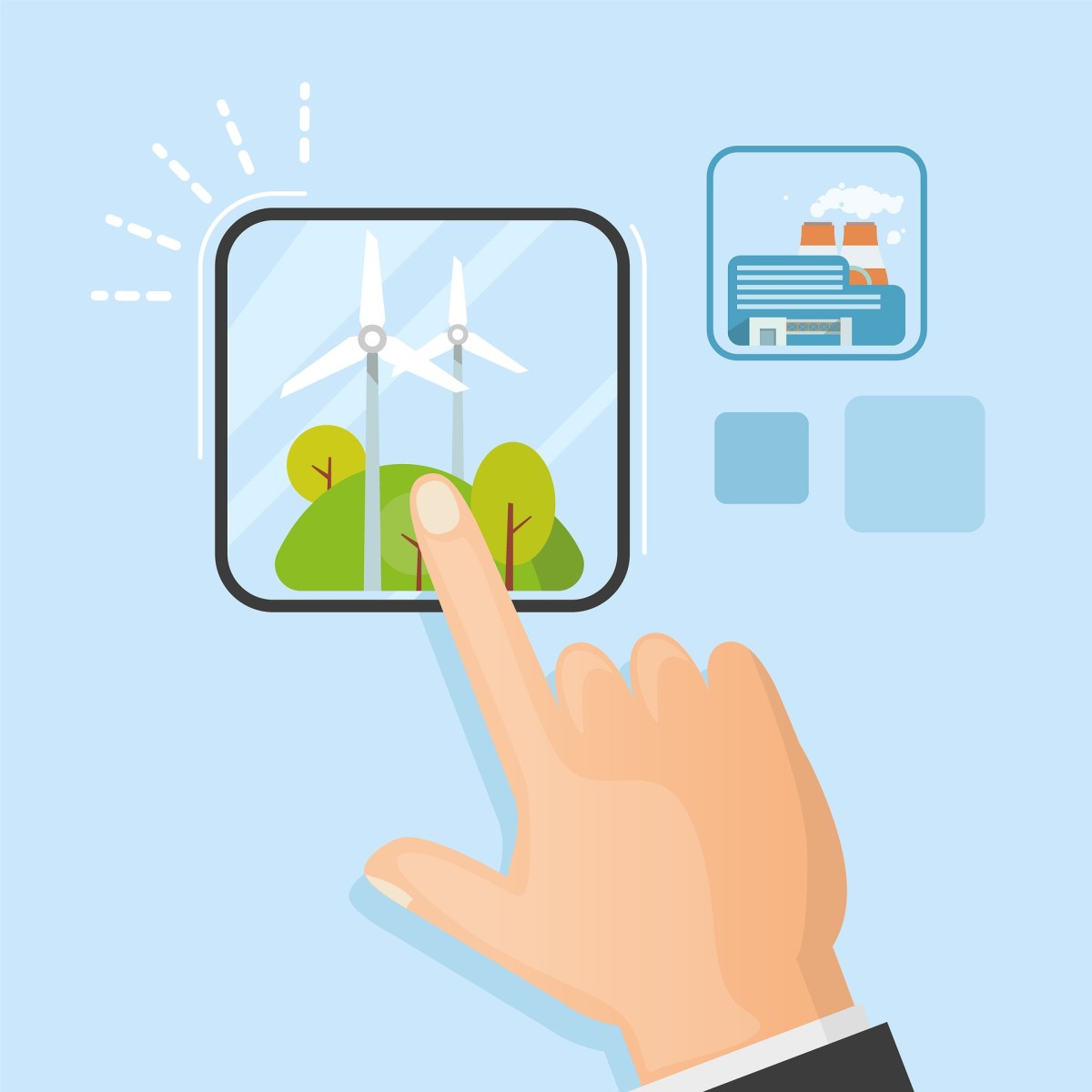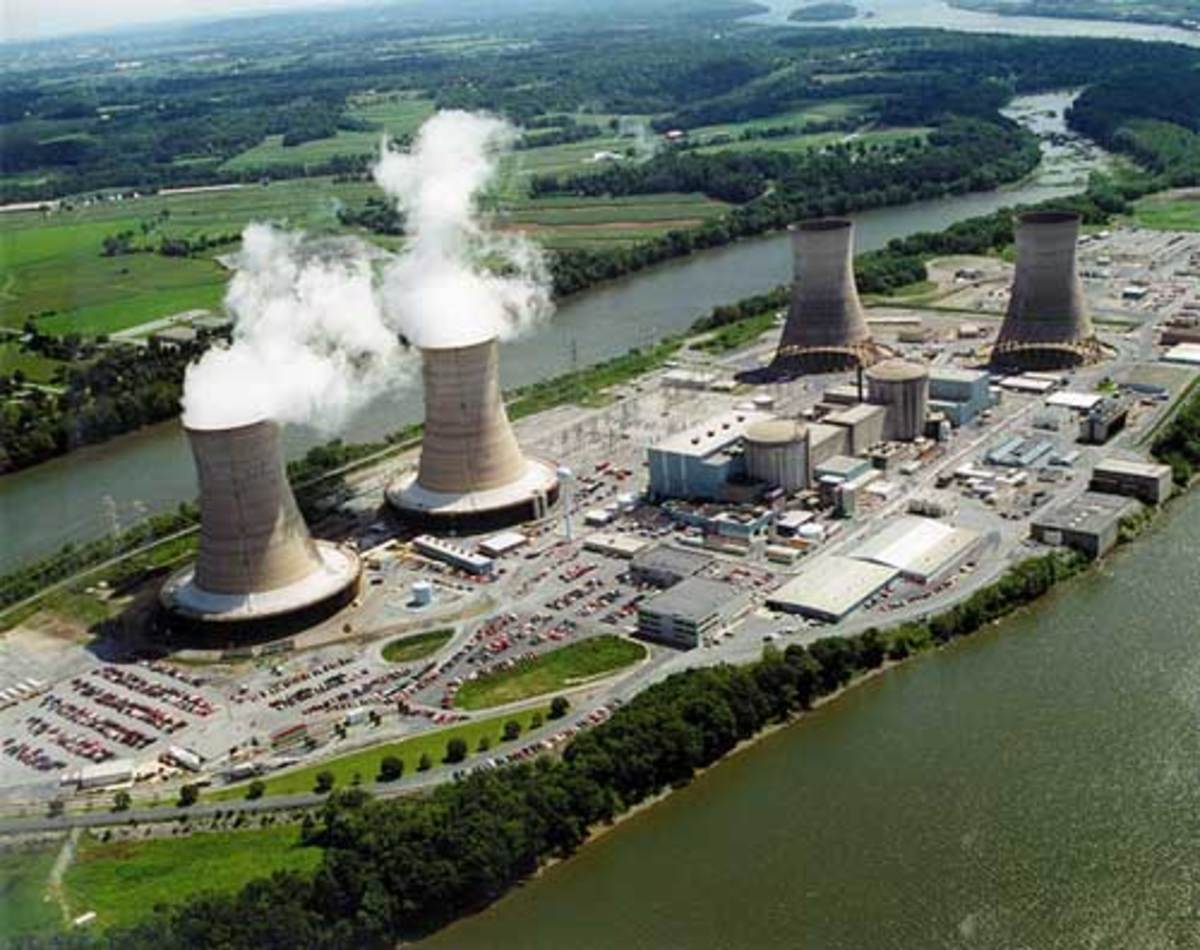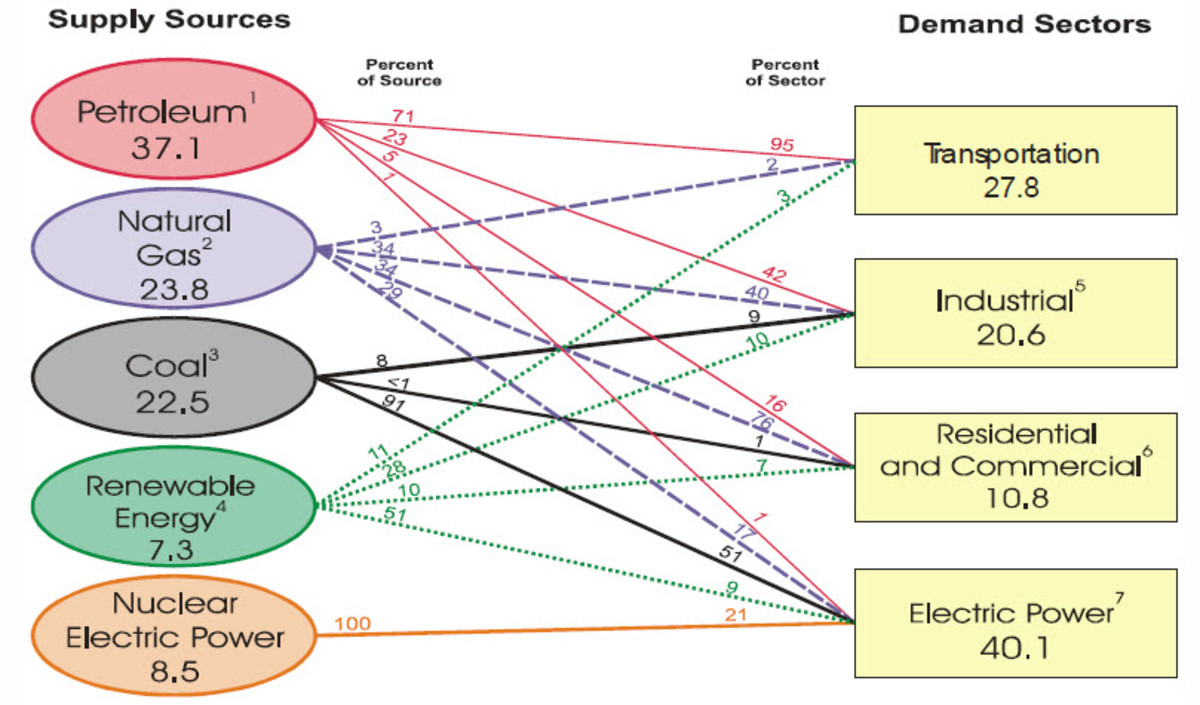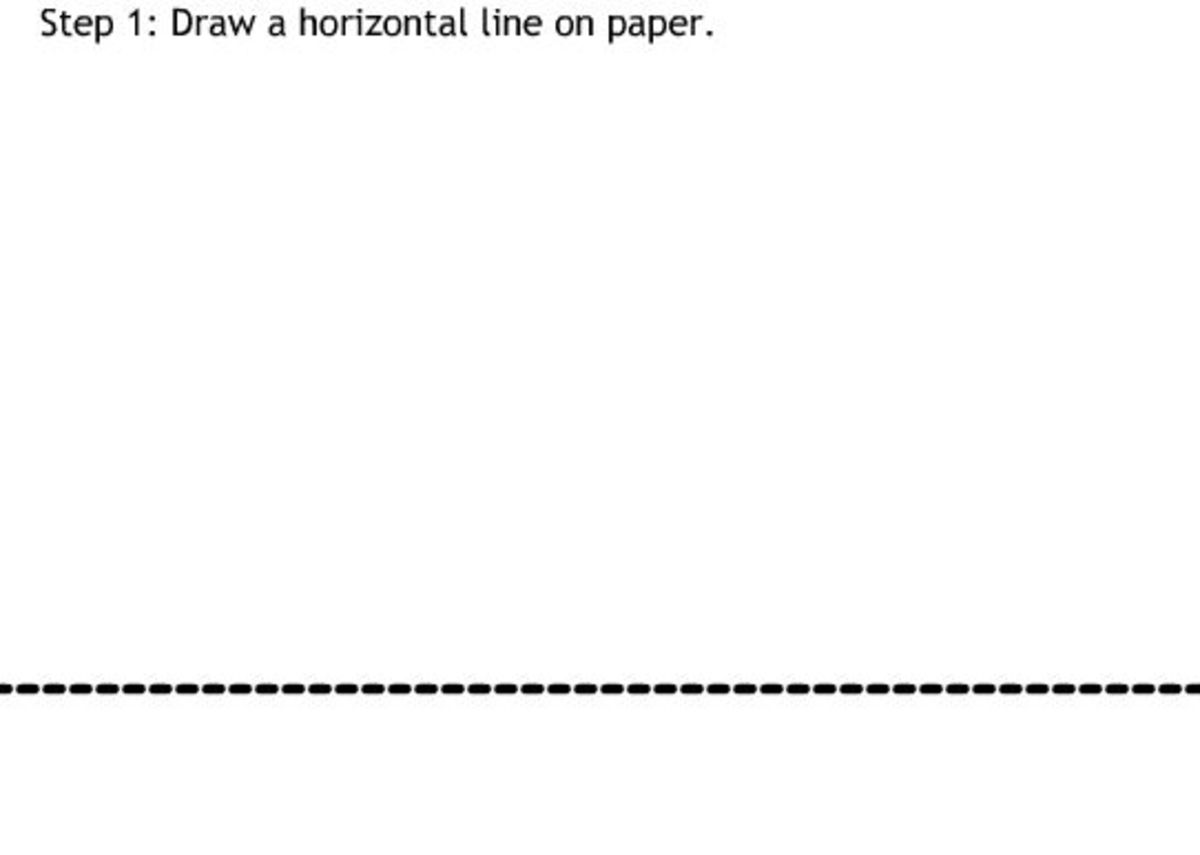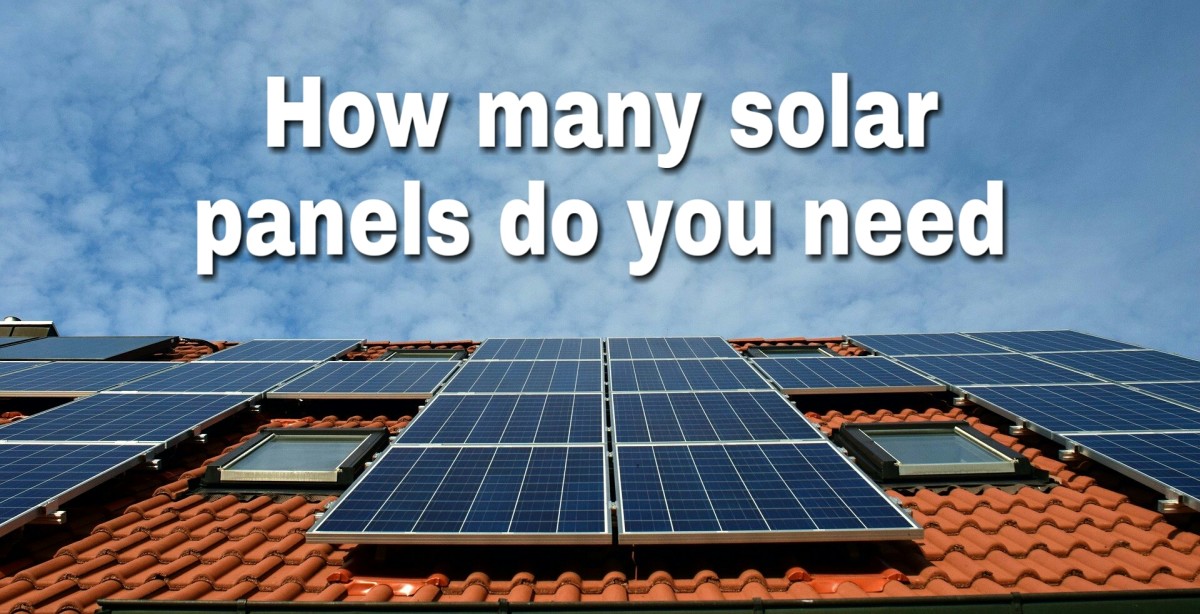Wind Energy: The Real Scoop
The All Powerful Wind Turbine
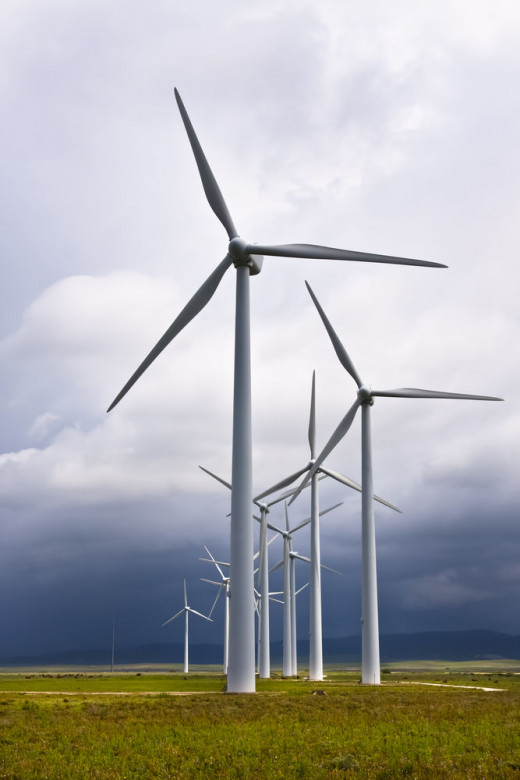
What happens when a wind turbine breaks?
What is wind power?
Wind power is a source of electricity that comes from the use of Wind turbines, which are propelled by the wind. In the past, wind turbines were used to draw up water from wells, in areas where ground water was the only viable option. As human needs fell dependent on electricity, the role of the windmill switched from a well pump, to an electrical generator. Our need for electricity now is almost as intense as it is for water. So it would seem quite prevalent that wind power will follow suit. The United States population is growing, and the need to burn fossil fuels will increase to compensate. Eventually, humans will need to find an alternative to power their lives. This is where wind power could help.
About the Windmills
Each windmill stands tall at 80 meters(260 ft), weighs 24 tons and cost between 1 million to 3.5 million dollars to install. They are designed to withstand wind speeds up to 50/mph but then shut off when they get to spinning to quickly. Each turbine can produce on between 1.5-8 MW of electricity. 8 MW turbines are commonly designed for offshore. Common failures are: catching fire and/or spinning out of control resulting in the turbines spontaneous decimation.
In a nutshell, you need more windmills that can help pickup the load when wind is not available in other areas.
So the question is...
How many windmills would be required to replace our old fashioned infrastructure for electricity?
Is that even feasible? Let's explore these 2 questions. Compared to our old power plants, one windmill produces just a fraction of what is required for a large city. In fact one windmill operating at maximum load and efficiency will power up to about 200 homes. But if we count just the average load, about 100 homes. The best case scenario with a wind farm of 50 mills would produce power for 10,000-20,000 homes. But if you have a target number of homes to run solely on wind energy, more wind farms will be needed to fulfill the requirements based upon the average amount of electricity actually produced. In a nutshell, you need more windmills that can help pickup the load when wind is not available in other areas.
Click the link below for a larger map
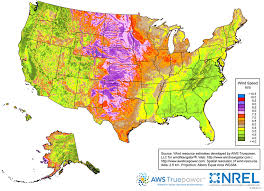
On a national scale
According to the American Wind Energy Association's website, there are 41,500 utility scale windmills that can power about 15 million homes. Currently there are an estimated 125 million homes in the United States with 301 million people estimated. To fulfill the power requirements on wind power alone, you would need an additional 305,025 windmills at minimum for a total estimate of 350,000 windmills. The challenge here is, where to place all these windmills. Not every state in the country is ripe with prevalent winds all the time. To the side is a map of where the best wind conditions exist in the United States.
As you may have noticed the areas for the best opportunities for sources of Wind lie in a handful of states from the Midwest to the Colorado rockies north and south. Cool color areas have the most potential and the warm color areas have the least.
The real kicker
If each state were to be allotted to build the number windmills required, each state would have to allot pieces of land to build 6,100 additional windmills. That's 6,100 acres of land plus the space in between the windmills. However, to get the best out of our windmills we may need to centralize them in the heart of the country from north to south. If you go by the map that leaves with maybe 18 states that can optimally produce wind power. That means each of those states would have to build 17,000 windmills each! Now, remember from above we are dealing with the minimum needed to produce all that power. Realistically, you can double for those less windy days to make up for the lost power. Windmills that are turning at half performance, do not release as much energy.
Run the numbers: To the Extreme
Current # of turbines in U.S.
| # Turbines Built in the future
| Total Cost
|
|---|---|---|
41,500
| 700,000
| 2.5 trillion
|
According to a Google search a windmill can cost around 3.5 million dollars to install
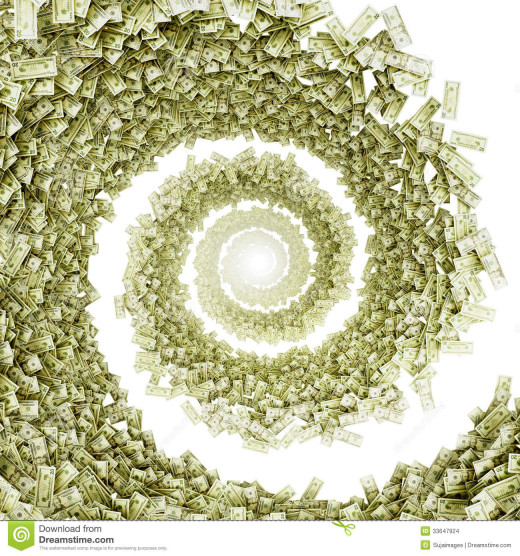
Benefits and Costs
The windmills currently being built today for utility use cost 3.5 million to install. If we were to invest in the minimum number needed, 350,000 windmills, the bill would be about 1.2 trillion dollars. However if we needed to double the amount needed, it would cost us 2.5 trillion dollars. So, to get our country to run solely on wind power would be quite expensive. You may be asking where the number 700,000 came from. Like we stated above, we really don't know how many turbines we would actually need to make up for the no wind factor. Doubling the needed number will give us a good idea of a possible max cost of such an endeavor. If all we need is 50%, then great, but it's still going to cost us at least a trillion dollars just to put all the turbines in. That's not including the infrastructure needed to support all those wind mills.
Non Monetary Costs:
Windmills carry with them other costs besides money. One is that they are an eyesore among the beautiful scenery. They are noisy with a decibel rating of 45, which is about as loud as a songbird from afar. But if you have 50 of these things going at ones, it could get pretty loud. Birds can fall victim to their blades. While the numbers are menial, putting in half a million windmills could change that.
Benefits
While there are some costs to having wind power, some potential benefits can be drawn from them. Little maintenance, unlimited resource and no air pollution. Also, once they are put in they'll generate electricity for years to come without hardly any cost. Perhaps the long term benefits will pay off in the end. But in order for it to pay off, the savings will need to reflect on our electric bills.
So is wind power feasible?
In this hub you have learned what wind power is, what wind turbines are like, their capabilities and the cost of putting them in. While extremes have been used in this hub, the purpose of that is too give you the idea of how expensive wind power can get if we as a nation decide to jump into the deep end with it. Wind power is feasible, but in moderation. In order to balance the costs and drawbacks of wind power, we need to also rely on other sources of renewable energy, research new ones and utilize the resources that we've already been given to achieve that goal. We still need trains and trucks to transport these massive pieces of equipment. Wind power alone can't perform that kind of work. Also, I don't think we want over 300,000 of these turbines taking up our acreages and killing even more birds. As with everything in life, moderation is the key: even when it comes to renewable energy.
What do you think?
If you could build 700,000 windmills where would you place them? Use the map to choose your answer
Learned something?
I hope that you enjoyed this hub and got something from it. As always, I take my time in making these so I'd appreciate all the feedback I can get. If you have a question about this topic feel free to ask. I have another hub about the Top 5 endangered species of today. Take a look below.
http://adamleeandersen.hubpages.com/hub/The-Top-5-most-endangered-species-in-2014


